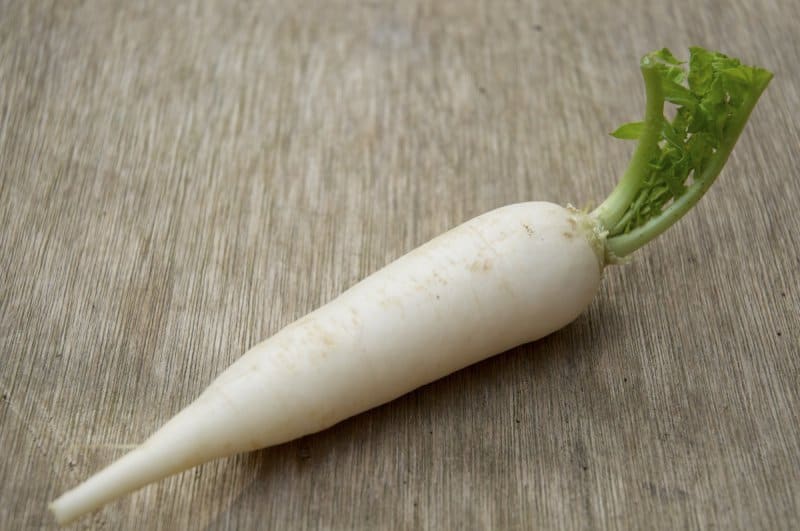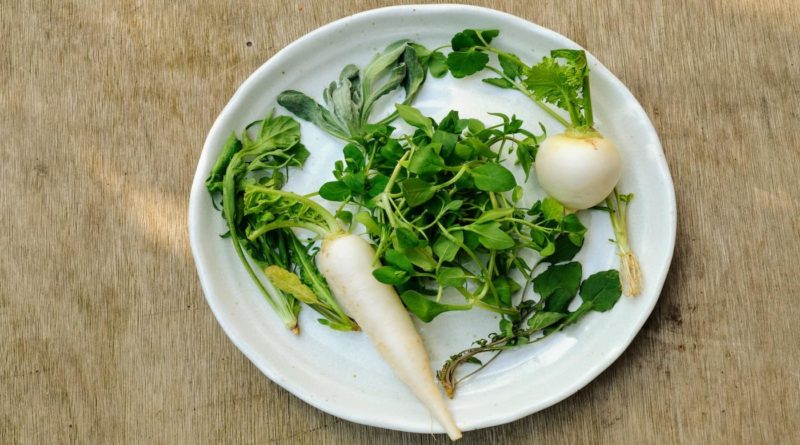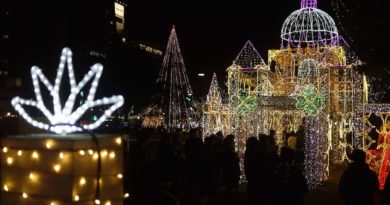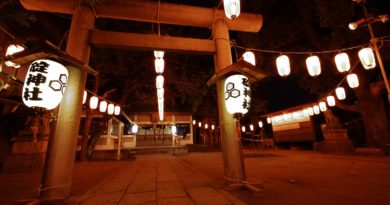Nanakusa-no-sekku
Nanakusa-no-sekku [七草の節句] or the “the feast of seven herbs” is a day on which people in Japan customarily eat a seven-herb rice porridge (nanakusa-gayu) to give the stomach some TLC after the indulgences of the New Year holiday.
Originally celebrated on the seventh day of the first lunar month (Jinjitsu or “Human Day”) , it was moved to January 7 when the solar calendar was adopted in the Meiji period.
According to Wikipedia, on the morning of January 7, or the night before, people place the nanakusa, rice scoop, and/or wooden pestle on a cutting board and, facing the good-luck direction, chant while cutting the herbs into pieces. Do you know anyone in Hiroshima who does this, and what they chant?
In 2013, Google devoted one of its search page “doodles” to nanakusa no sekku.
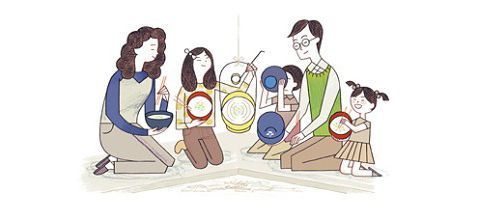
The seven herbs used vary from place to place, as do rituals associated with the feast, but in general, the seven herbs are water dropwort (seri), shepherd’s purse (nazuna), cudweed (gogyō), chickweed (hakobera), nipplewort (hotokenoza), turnip (suzuna) and radish (suzushiro) (see individual pics below).
Identifying an harvesting all these from side of local riverbanks can be quite a chore, and possibly rather dangerous should you pull the wrong plant. Luckily, you can buy handy prepackaged nanakusa sets from local local supermarkets.
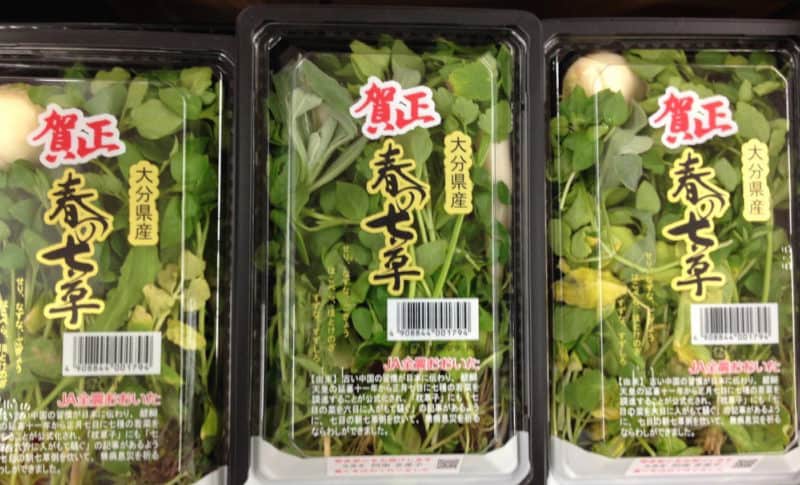
Here is one easy to follow description of how to prepare Nanakusa Gayu Seven Herbs Rice Porridge.
Much easier, if you are free on the morning of January 7, is to head to Tōshōgū Shrine in Futaba-no-sato at 11 am where they dish out 500 bowls of nanakusa-gayu at ¥500 a bowl.
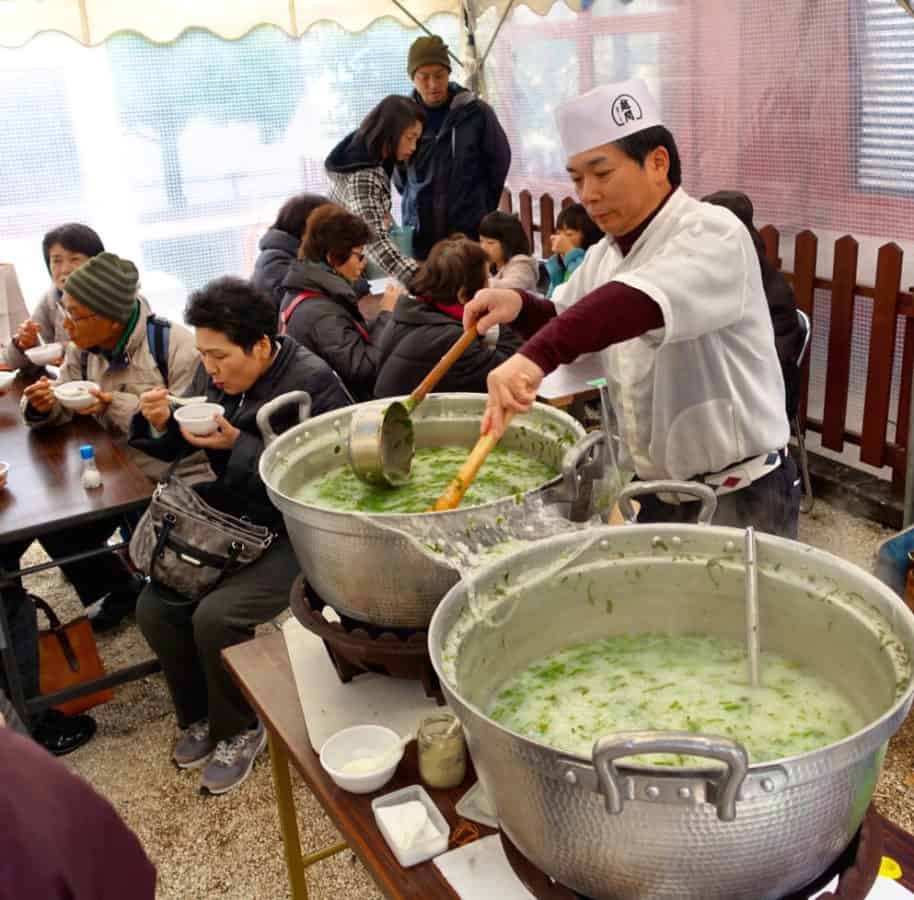
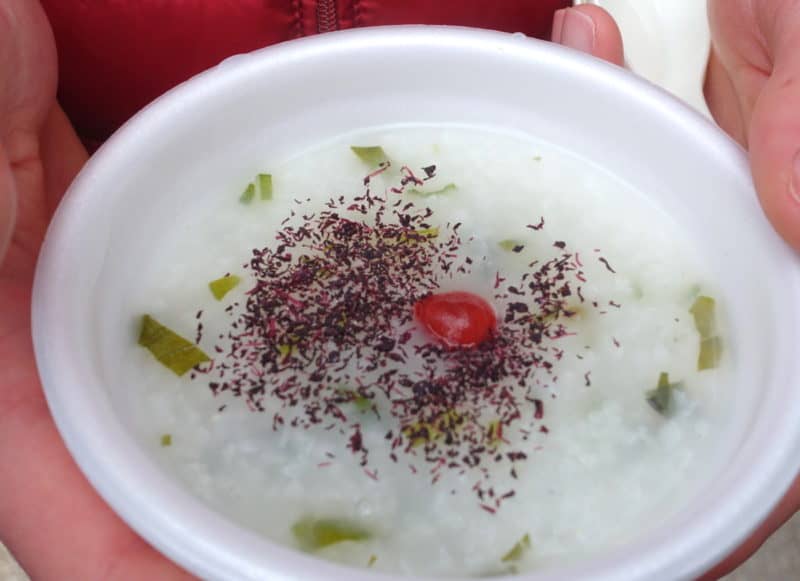
The seven nanakusa healthy herbs?
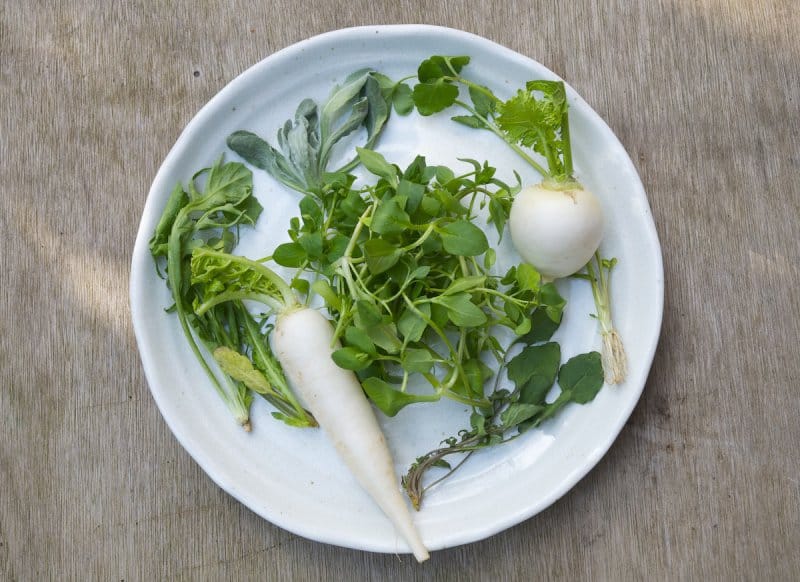
Water dropwort (seri)
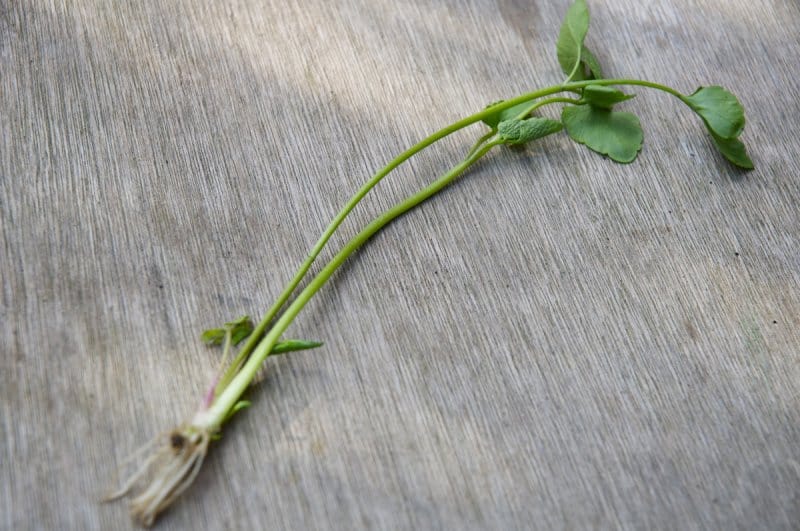
Shepherd’s purse (nazuna)
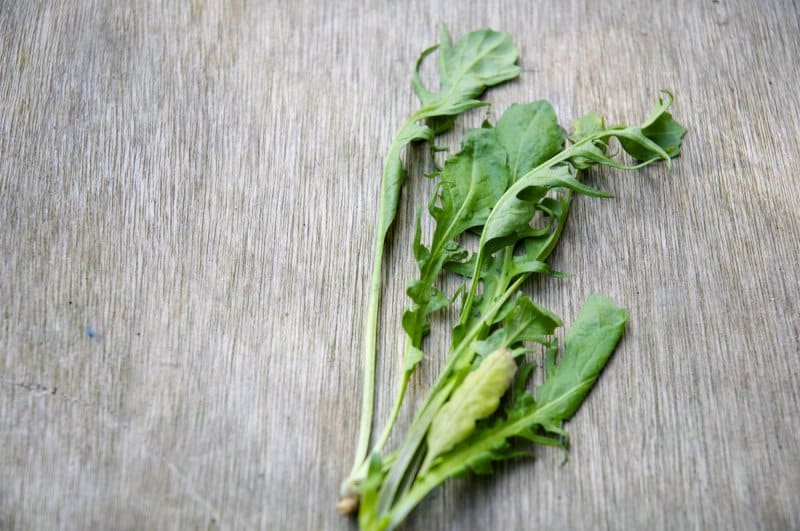
Cudweed (gogyō)
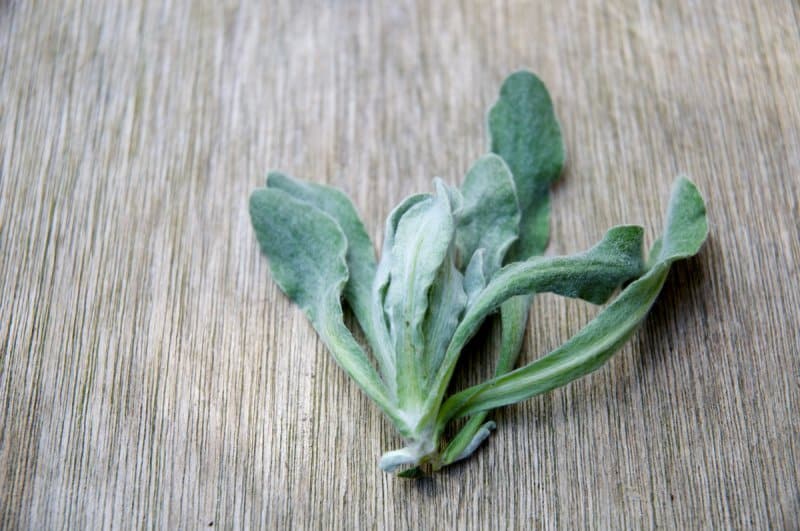
Chickweed (hakobera)
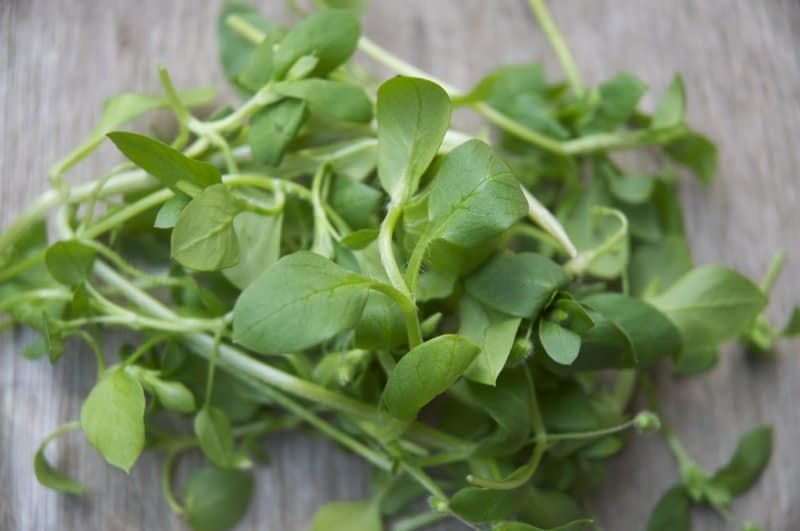
Nipplewort (hotokenoza)
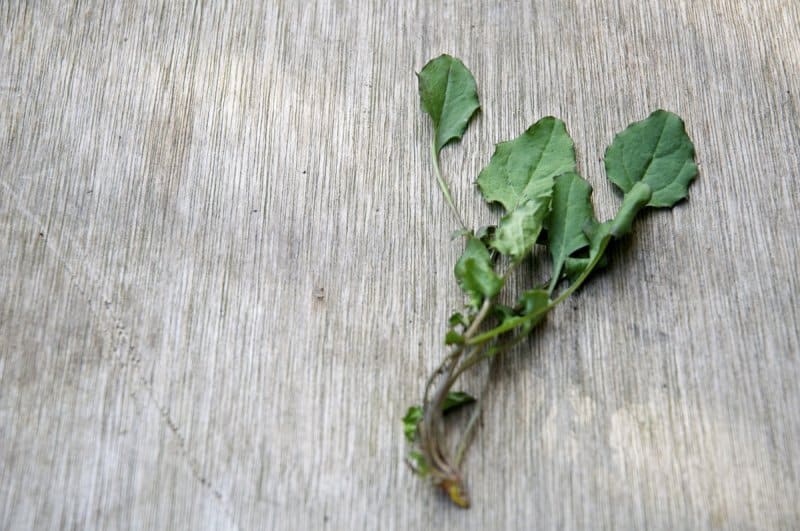
Turnip (suzuna)
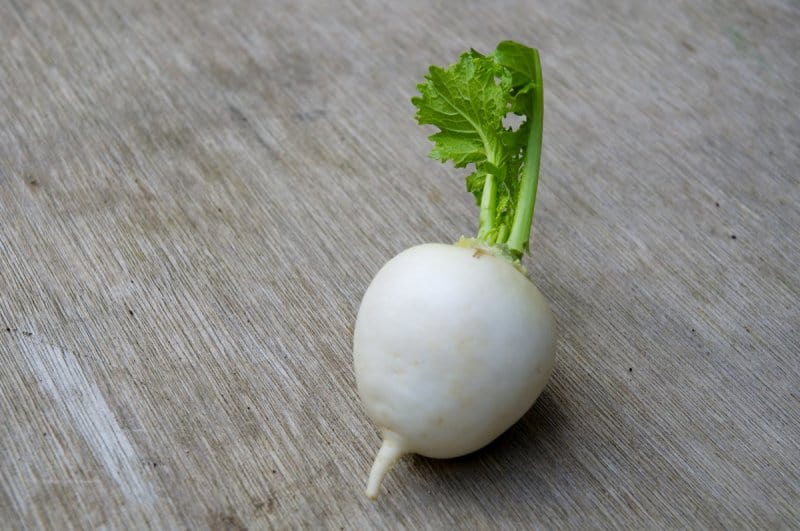
Radish (suzushiro)
